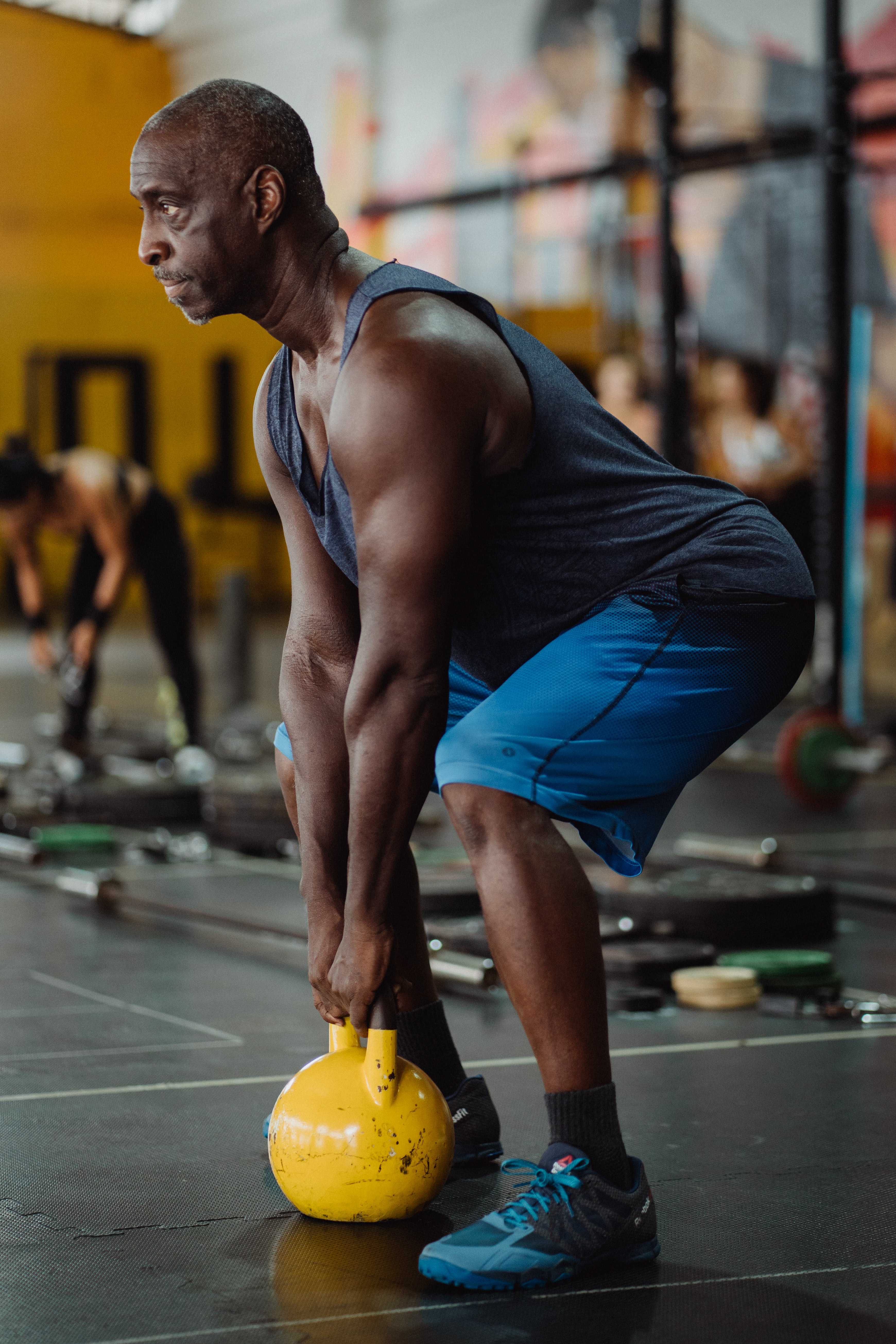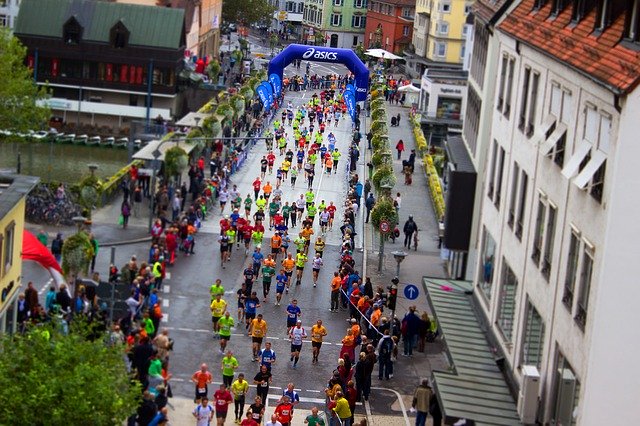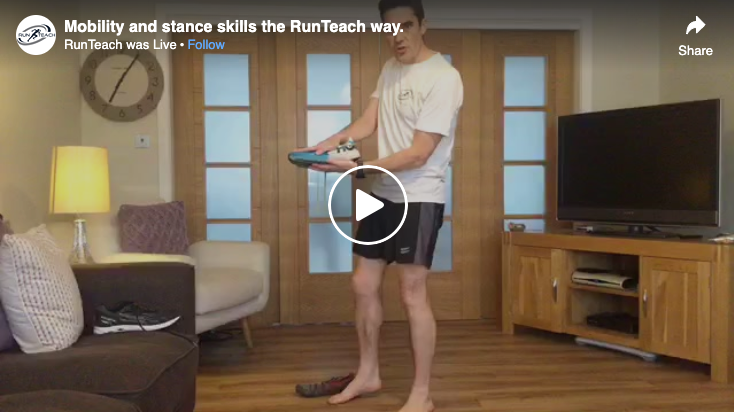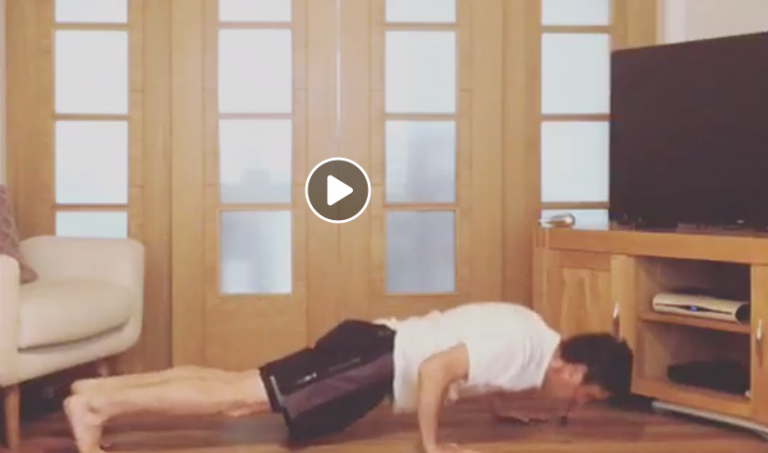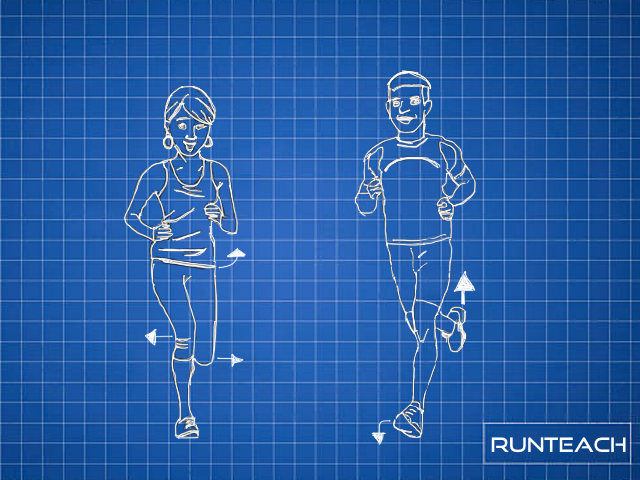Do We Need The Gym For Strength?
Do you love going to the gym? Or perhaps you’re like me and just don’t enjoy it at all; it seems way too much hassle carving out the time for a strength routine when you could be out running. Sound familiar?
The problem is, whatever we hear and read about reducing injury risk, injury prevention, prehab and rehab, getting stronger is something that almost always tops the list. And in many ways the phrase…
Stronger People Are Harder To Kill
…is absolutely correct. We do tend to be more robust and more resilient when we are stronger. We are also able to develop more power and have greater stability – two things that go hand in hand in helping us run faster. Furthermore, if you are a runner over the age of 40, research implies that we should pay even more attention to staying strong in order to improve our performance and reduce our injury risk.
So essentially, you’ve got to get stronger! But hang on a minute… What does that actually mean? Does it mean you need to make time for two or three weight training sessions per week? Does it mean you need to drop one run per week to focus on strength work?
If the very thought of it is making you anxious, the good news is that you may not have to do this at all. There are ways to help you get stronger without lugging giant weights about, or spending numerous hours per month doing resistance training. Actually, some of that might still be necessary, but as it will be super targeted it will be shorter in duration and you’ll see results far quicker and they’ll last far longer.
What Is Strength?
Before we get into that though, we need to look at what strength actually is. Here are some dictionary definitions:
The ability to do things that need a lot of physical or mental effort
Cambridge Dictionary
The Merriam Webster dictionary has these definitions:
1: The quality or state of being strong : capacity for exertion or endurance.
2: Power to resist force : solidity, toughness.
3: Power of resisting attack : impregnability.
4a: Legal, logical, or moral force.
4b: A strong attribute or inherent asset – the strengths and the weaknesses of the book are evident.
5a: Degree of potency of effect or of concentration – chilli peppers in varying strengths.
5b: Intensity of light, colour, sound, or odour.
5c: Vigour of expression.
6: Force as measured in numbers : effective numbers of any body or organisation
an army at full strength.
7: One regarded as embodying or affording force or firmness : support.
Looking through each of those, I can apply them in my mind to running. But is that what most of us really think of when considering doing strength work in connection with running? Although it seems logical that we need to be strong to run, do we really think “I’m going to make myself impregnable, solid and tough!” Or do we just think “I wish I could run faster and longer without my knee hurting! I better make sure it’s strong enough”.
So dictionary definitions of strength don’t actually help us at all in a practical sense. And I’m pretty sure most of us think we’re robust enough already, until we aren’t of course.
Be honest here, how many of us would skip strength work if we didn’t really need to do it? What’s that – you are already skipping it?… Yeah, I hear that all the time from runners.
But that’s OK. To me, strength is like fitness. It changes in the different areas of your life. If your goal is to sit on the couch all day and watch TV, and you can achieve that goal, then you are both fit and strong enough to do that. Equally, if your goal is to run a 20 minute 5k, but you’re currently running a 25 minute 5k, then you are neither fit enough nor strong enough to achieve that goal. We can split this down a bit further to be more helpful.
If we leave fitness to one side for now – mainly because I view strength as just one aspect of fitness and this could get very complicated – and just focus on strength. We can view strength in a similar way in which I view resilience:
The ability for your body’s tissues to withstand the forces applied to them, in the intensity, duration and frequency which your activity demands.
So basically, you are strong enough if your body’s tissues can handle all the forces you chuck at them without either giving up (injury) or forcing your nervous system to introduce some red flags such as fatigue, niggles and the warning experience of pain.
To complicate it slightly, strength is also linked to your ability to produce power, which in turn helps you run faster. But let’s just keep this simple for now, as your nervous system won’t let you express high levels of power without first having a powerful expression of strength. If you just went “uh?”, then let me explain:
Strength can be expressed in two different ways:
- The neural drive created by voluntary movement such as weight training, running and pretty much any activity that puts enough load on your body’s tissues (mainly muscles) to force them to contract through the recruitment of motor units and muscle fibres. This is the normal way most of us would view the process of getting stronger.
- Reflexive stability. This is where your nervous system can identify, activate and control all the tissues (muscle and connective) that are required to stabilise your joints without you needing to consciously think of it. Although I’ve put this second, to me this is actually the most important aspect of strength to deliberately focus on.
When you run, your feet will typically only be in contact with the ground for between 220 milliseconds and 350 milliseconds. At the more elite end of running, the number is lower as the foot turnover (cadence) tends to be a little higher. And I know, we are all told to improve our cadence.
But the trick with improving cadence is also keeping good form and not just turning what may have been a half-decent heel lift at a slower cadence into something that resembles a fast shuffle, just to get your feet turning over faster. There is also the challenge of being able to put down enough power in a shorter amount of time, but I’m kind of moving away from the point here and these are topics for different articles. Back to strength…
With your feet being on the ground for such a short period with every step, you don’t have enough time to voluntarily think about keeping your joints stable in your feet, ankles, knees, hips, pelvis, back, shoulders and neck. This all needs to happen automatically or reflexively. It also needs to be coordinated across the different areas for improved movement efficiency. And while you may think that only being on the ground for a fraction of a second means that there isn’t enough time to even bother with joint stability because you essentially hop or lunge from one foot to the other continuously, the forces of running are such (up to 3 times bodyweight – possibly more depending on what you read) that stability in each step is critical.
Many of us get away with less than ideal reflexive stability over short distances and when we are not tired, but ramp it all up and suddenly the impacts are amplified and before long we certainly know about it. The same is true if you start to push the pace. More pace generally means more force both into the ground and back up from the ground (ground reaction force), so your body’s tissues need to be able to handle the greater demands and the need for even better reflexive stability.
One great example that we can all observe is the classic hip drop. The next time you are running behind someone, look at the movement of their pelvis. If their hip drops down to the opposite side of their stance leg, then they are likely to have some reflexive stability issues. Ordinarily, if you have hip drop, you will be told to do lots of glute (maximus and medius) and core strengthening and integration exercises (hopefully), but if your reflexive stability is poor, you are still unlikely to be able to build or use that strength properly.
Mastering the skill of reflexive stability is, in my opinion, a relatively quick and highly efficient way to improve your overall expression of strength for running – far better than just lifting weights and hoping it will all work. You will feel more stable, be able to put more power into your running, and run longer distances more comfortably than you’ve been able to before.
You will also be teaching your nervous system how to identify, activate and control your muscles (these are all individual skills by the way). This then forms a fantastic foundation for you to carry on with any other strength work you may enjoy doing, and it will have much more of a positive impact and the benefits are likely to stick around for longer.
For clarity, to improve your reflexive stability, you do need to do voluntary neural drive exercises (i.e. resistance training), but they need to be well designed so they stimulate and upregulate the parts of your brain and nervous system that control reflexive stability.
Summary
To summarise then, first think about reflexive stability when you think about strength in running. Once you have mastered this through well designed and personalised exercises, you may or may not need more strength work of the normal “just lift weights” kind. You may find that your running sessions already provide you with enough stimulus to keep improving your resilience and neural drive strength. Of course that does depend on your goals, but that’s a topic for another article…

